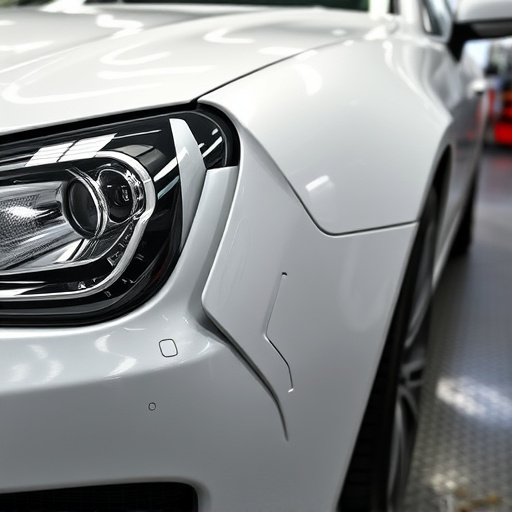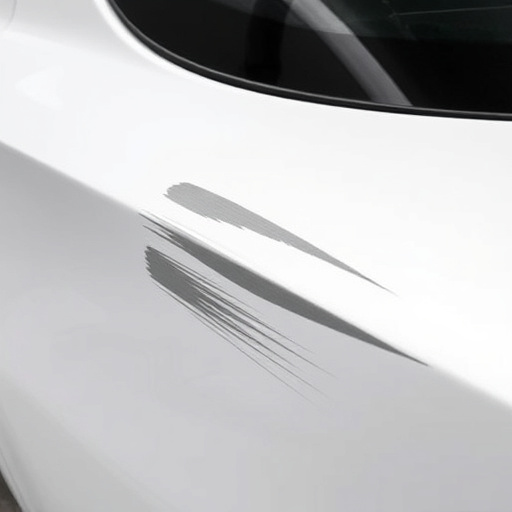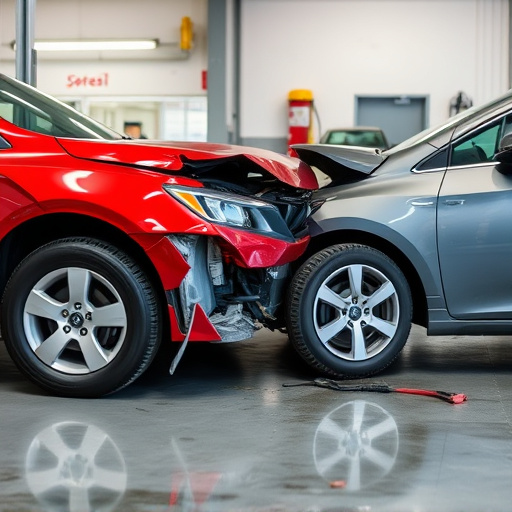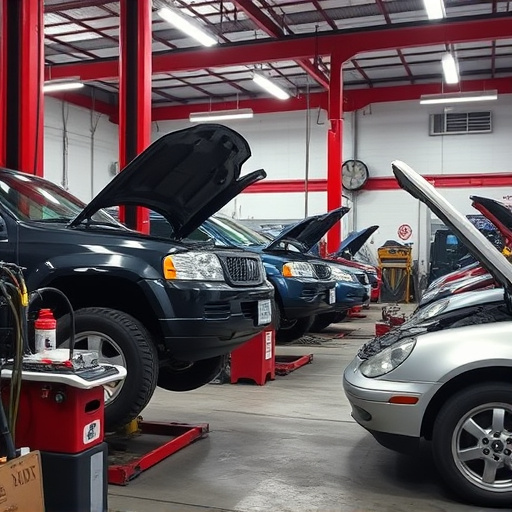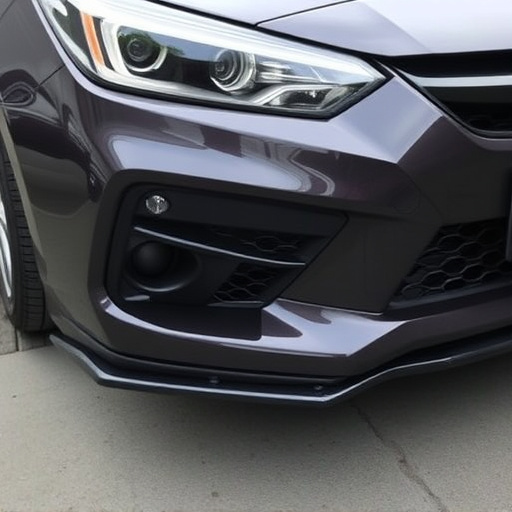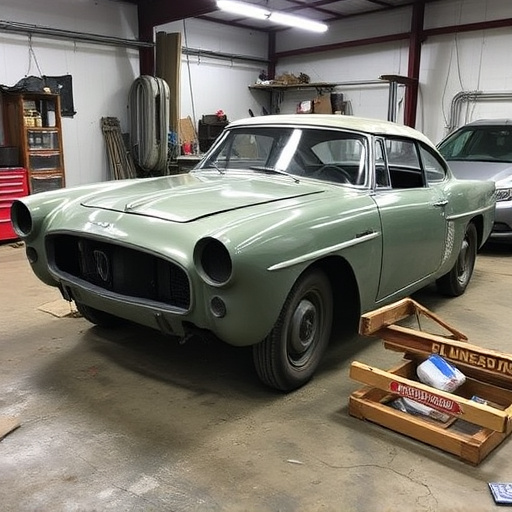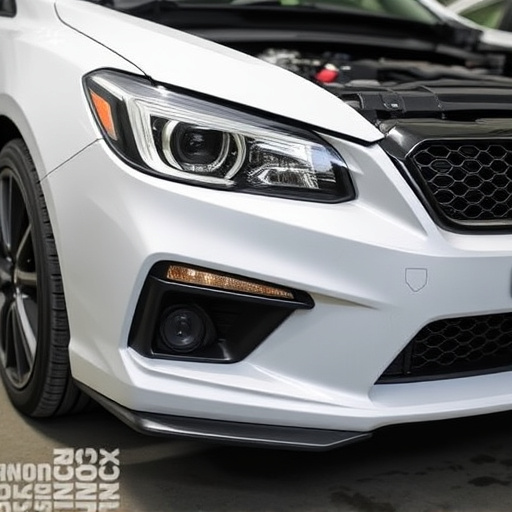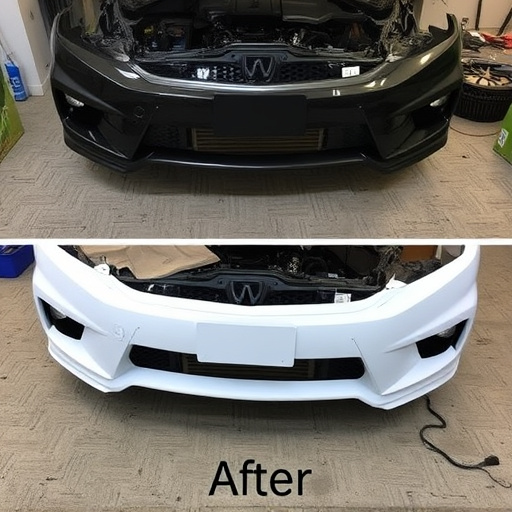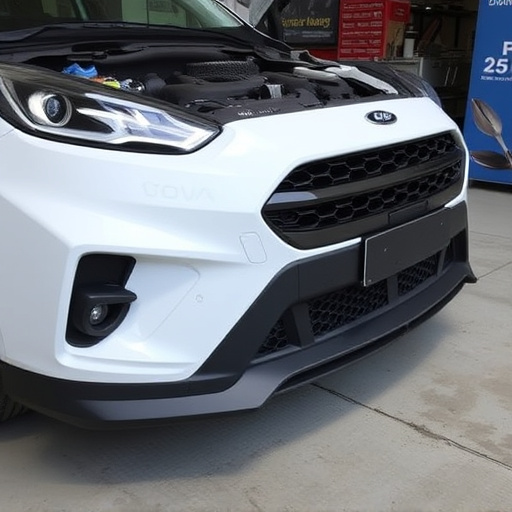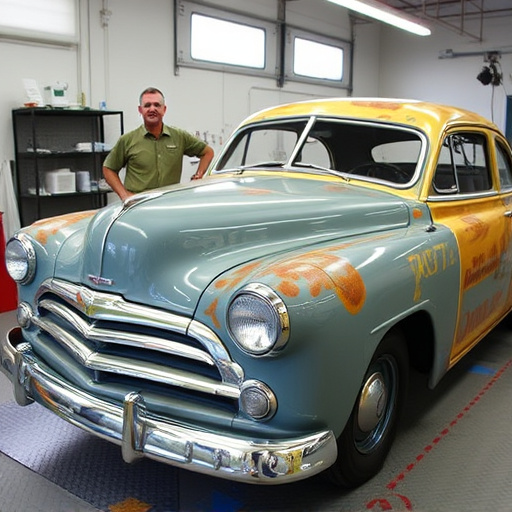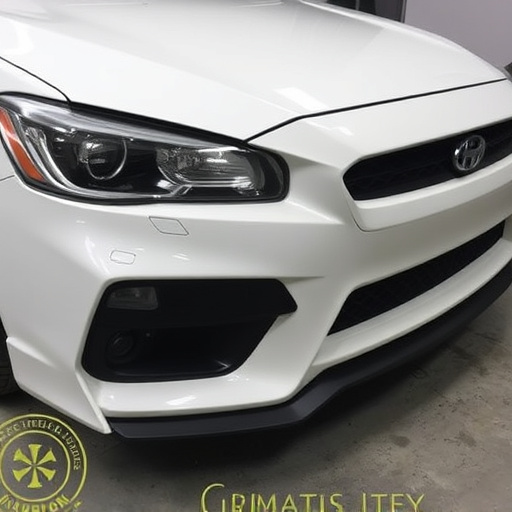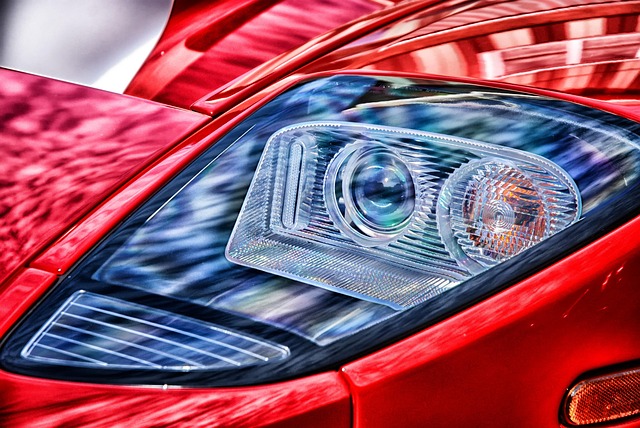Auto paint repair, crucial for restoring vehicles' aesthetic and value, demands skilled technicians using specialized tools for assessment, preparation, color matching, and application. Severity dictates methods: minor scratches use polishes, severe dents opt for paintless dent repair (PDR). Right tools and materials, from filler to high-quality paints, ensure seamless finishes. Professionals or DIYers, quality products assure durable, appealing repairs.
“Uncover the science behind achieving flawless auto paint repairs with our comprehensive guide. From understanding diverse damage types caused by environmental factors, accidents, or wear and tear to mastering effective repair techniques, this article is your go-to resource. Learn about crucial steps, from preparation to finishing touches, ensuring long-lasting results. Additionally, discover the right tools and materials to turn even significant paint damage into a restored, like-new finish. Explore these secrets for successful auto paint repair.”
- Understanding Auto Paint Damage Types and Causes
- Step-by-Step Guide to Auto Paint Repair Techniques
- Choosing the Right Tools and Materials for Effective Repairs
Understanding Auto Paint Damage Types and Causes
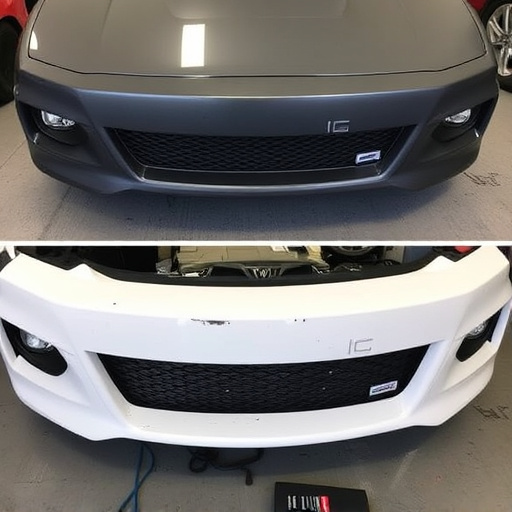
Auto paint damage can stem from a variety of sources, each requiring a tailored approach for effective auto paint repair. Understanding these causes and types of damage is crucial for anyone looking to restore their vehicle’s aesthetic appeal. Common culprits include accidental scratches and scrapes from everyday driving, exposure to harsh weather conditions like UV radiation and acid rain, and more severe incidents such as car collisions that can leave dents, cracks, or even complete paint removal.
Whether it’s a minor chip in the clear coat or extensive damage following a car collision, an auto body shop equipped with experienced technicians plays a vital role in auto paint repair. They use specialized tools and techniques to assess the extent of the damage, prepare the surface, match existing colors precisely, and apply high-quality paints for a durable, seamless finish – revitalizing both the vehicle’s appearance and its resale value.
Step-by-Step Guide to Auto Paint Repair Techniques
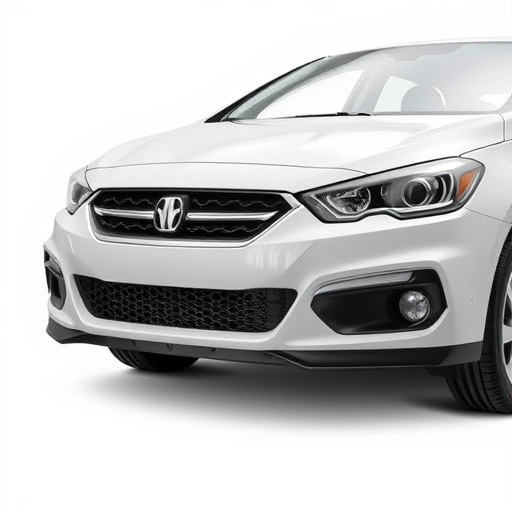
Repairing auto paint damage is a meticulous process that involves several steps to achieve a flawless finish. The journey begins with assessing the extent of the damage, whether it’s a small scratch or a significant dent. For minor scratches, using specialized polishes and compounds can restore the paint’s gloss and smooth out imperfections. This technique not only enhances aesthetics but also prevents further corrosion.
In cases of more severe dents, especially from vehicle collisions, paintless dent repair (PDR) might be the ideal solution. PDR is a highly skilled method that avoids repainting by gently pushing out the dented area back to its original shape. This eco-friendly approach saves time and money while ensuring a precise restoration. Following this step-by-step guide, from inspection to final touch-ups, ensures your vehicle’s paintwork is restored to its former glory, enhancing its overall appearance and value.
Choosing the Right Tools and Materials for Effective Repairs
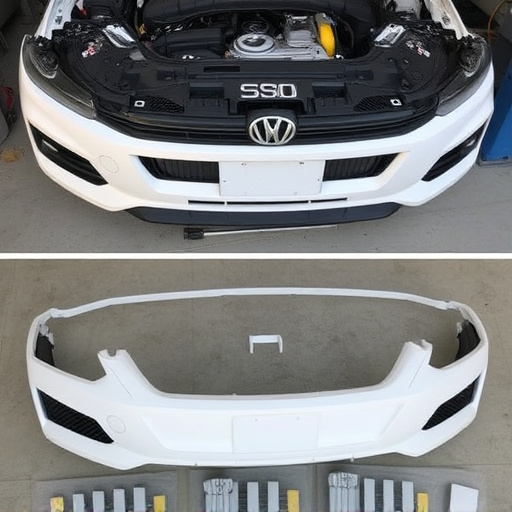
When it comes to auto paint repair, selecting the right tools and materials is paramount for achieving a seamless finish that matches the vehicle’s original specifications. The first step involves understanding the extent of the damage, which guides the choice of products. For minor scratches or dents, a simple auto-body filler and primer might suffice. However, for more significant repairs, such as large chips or rust spots, professional-grade tools like sandpaper, putty knives, and high-quality paints are essential. These materials ensure that the damaged area is thoroughly prepared, allowing for a proper bond with new paint.
Automotive body work requires precision, and the right tools facilitate this process. Using the wrong filler or primer can result in an uneven surface, while inadequate sandpaper grits can leave marks. For auto maintenance enthusiasts or those seeking an auto repair near me, investing in high-quality materials pays off in the long run, ensuring repairs that are both durable and aesthetically pleasing.
Auto paint repair is a precise science that involves understanding damage types, selecting the right tools, and mastering effective techniques. By delving into these key aspects—from identifying scuffs and scratches to choosing durable materials and perfecting your application—you can achieve professional-looking results. With the right knowledge and approach, auto paint repair not only restores your vehicle’s aesthetic appeal but also preserves its value over time.
